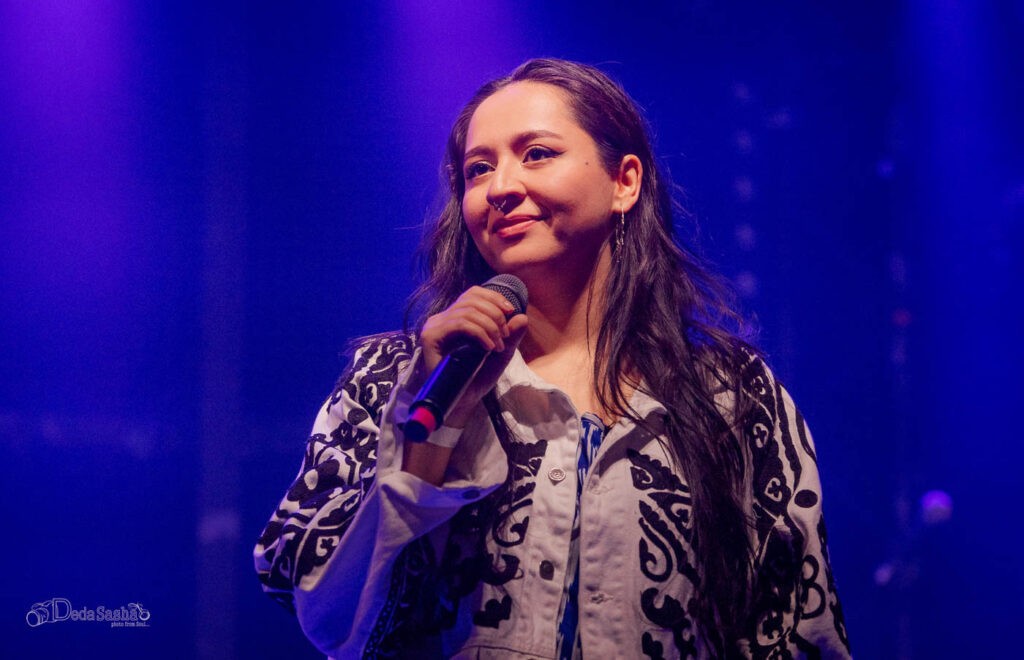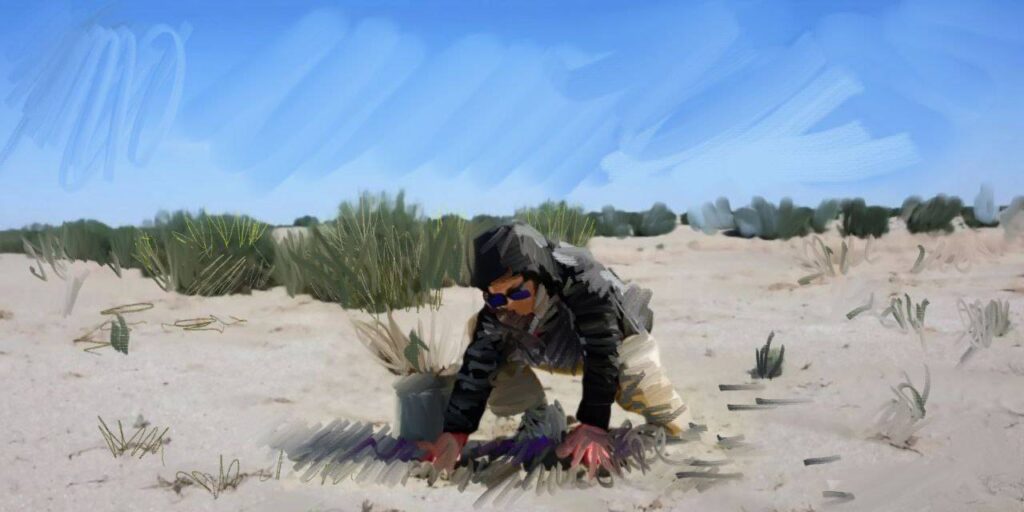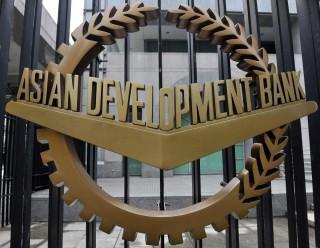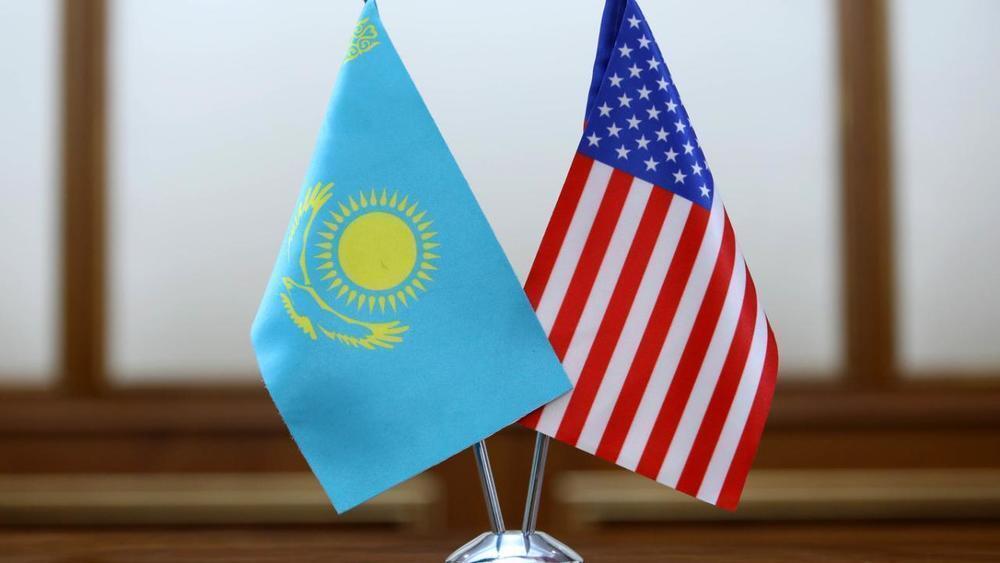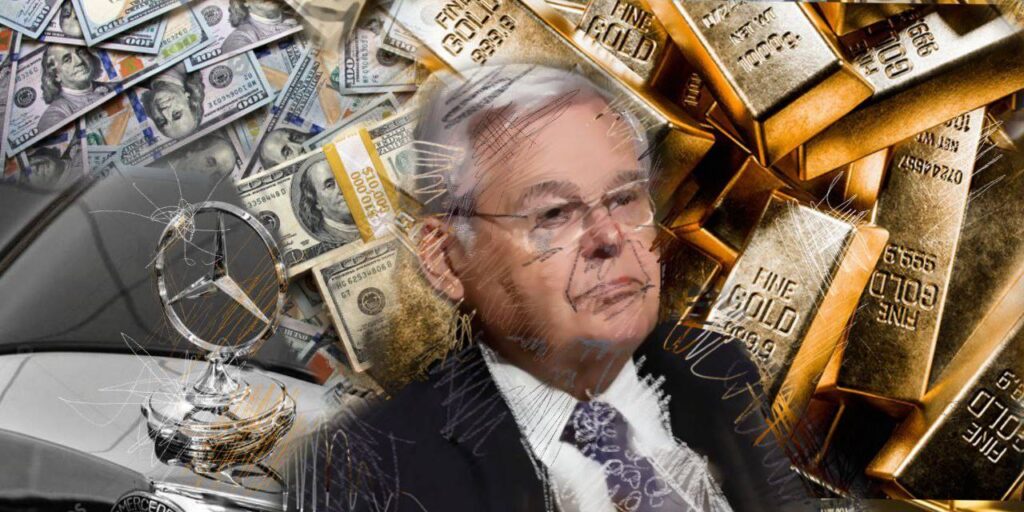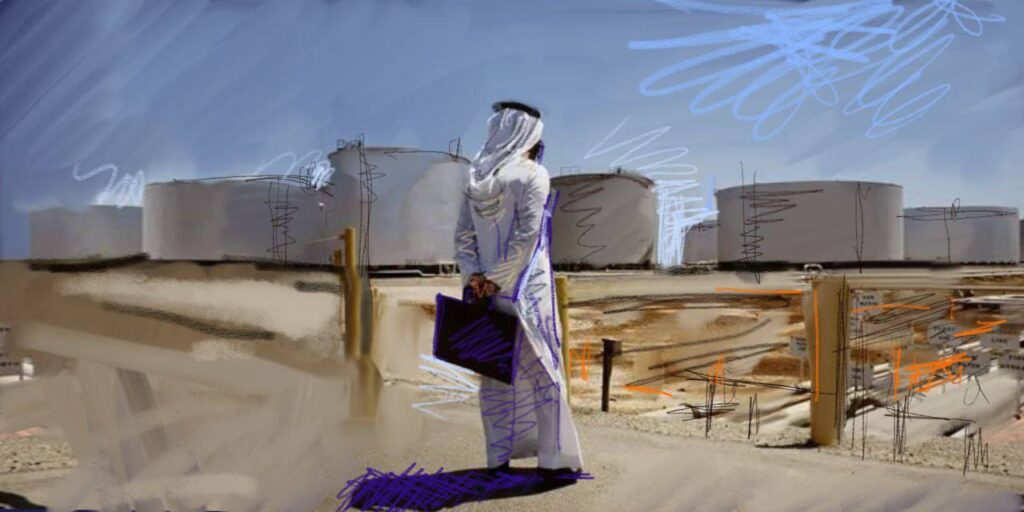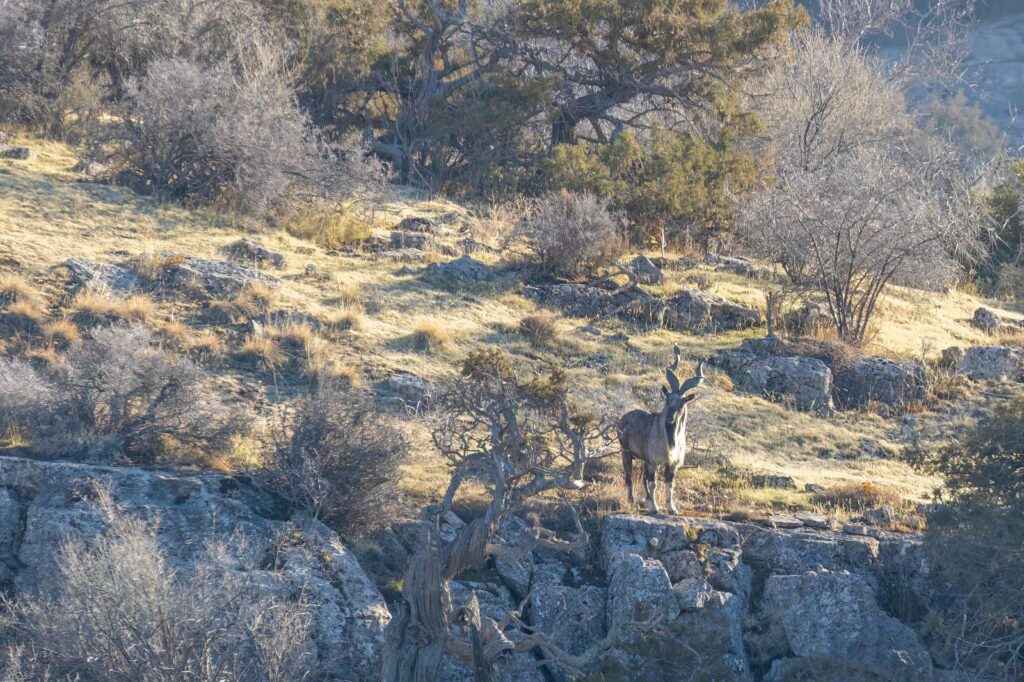In one Tashkent mosaic, Shirin, a protagonist in a Persian love poem that ends in tragedy, sits with flowing hair on a colorful carpet. Another mosaic in the Uzbek capital depicts the scientist Abu Rayhan al-Biruni with the planet Saturn overhead and flowing water below. The scientist holds the Tree of Life. The mosaic is located on Babur Street in the Yakkasaray district of Tashkent. Other images portray Soviet-era optimism – a young couple, a female irrigation engineer and corn and wheat, symbols of production and abundance.
Tales of degraded heritage in Uzbekistan and elsewhere are familiar, but there are bright spots. In late March, the government designated about 160 mosaics on buildings in Tashkent and other regions as cultural heritage, meaning they are protected, officially at least, from being dismantled, painted over or covered with advertisements. The city’s subway art is also a source of pride. The state sees the images as a tourist draw, and Tashkent residents and other enthusiasts who have campaigned for their preservation are spreading the word.

Photo by Fotima Abdurakhmanova
A slick new website titled “Mosaics of Tashkent” offers information about more than 330 mosaics, documenting how artists and architects from across the Soviet Union and beyond put their stamp on the reconstruction of a city that was virtually leveled in a 1966 earthquake. Investigations are still underway to determine who made some of the mosaics. Many were dismantled or damaged over the years and not all of those remaining have government protection.
“Each mosaic told its own story, gave emotions, diluted the gray landscape of high-rise buildings, marking the beginning of a new life and a new era,” says the website, which was created by Tashkent’s Department of Digital Development. The quake left hundreds of thousands without homes. One official toll put the number of dead at 15, though it was probably higher.

Photo by Fotima Abdurakhmanova
Some residential buildings with mosaics on their facades “look like a body which is completely full of tattoos,” Philipp Meuser, a German architect, said during a presentation at the Goethe-Institut in Tashkent last week.
Meuser wrote a book about the Tashkent mosaics of the Zharsky brothers – Pyotr, Nikolai and Alexander. The three designers and decorators decorated hundreds of buildings in a city whose reimagined character was shaped by Soviet modernism, regional influences and some Western ideas about urban layout. Two of the brothers were born in France.
The Zharskys started mosaic designs with a sketch, and the process was scaled up from there, Meuser said. In one method, colored tiles were pressed by hand into soft concrete that had been poured into a steel mold to create a mosaic. The survival of the art decades later testifies to the durability of the techniques.

Photo by Fotima Abdurakhmanova
Communism-extolling mosaics were an official art form across the Soviet Union, but the imagery of many of those which survive in Tashkent is not ideological. Geometric and floral patterns suggest inspiration in the centuries of Islamic and multiethnic culture in Central Asia. While Uzbekistan removed a lot of Soviet monuments after independence in 1991, the story of Tashkent’s rebirth after the earthquake lingers in its tattoo-covered buildings.

